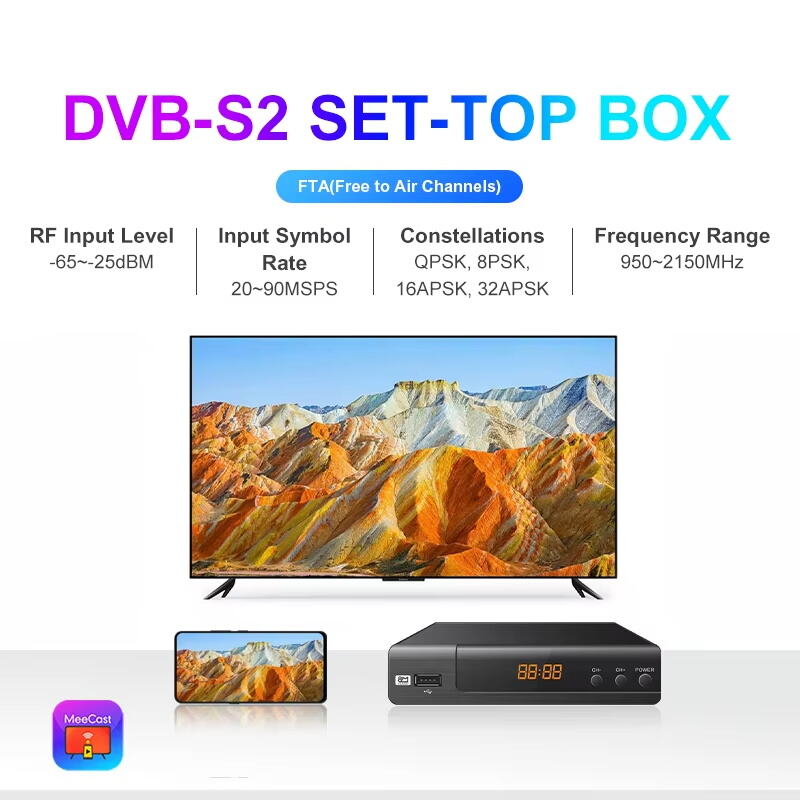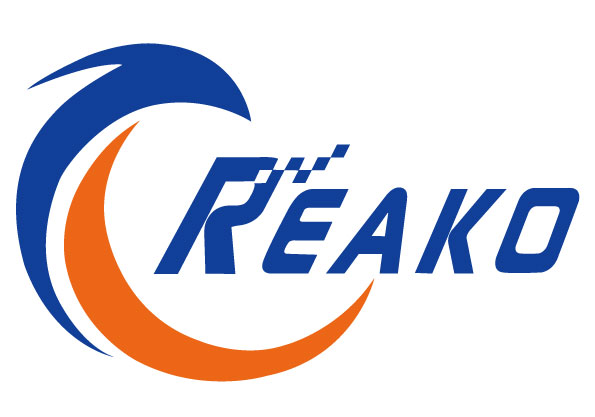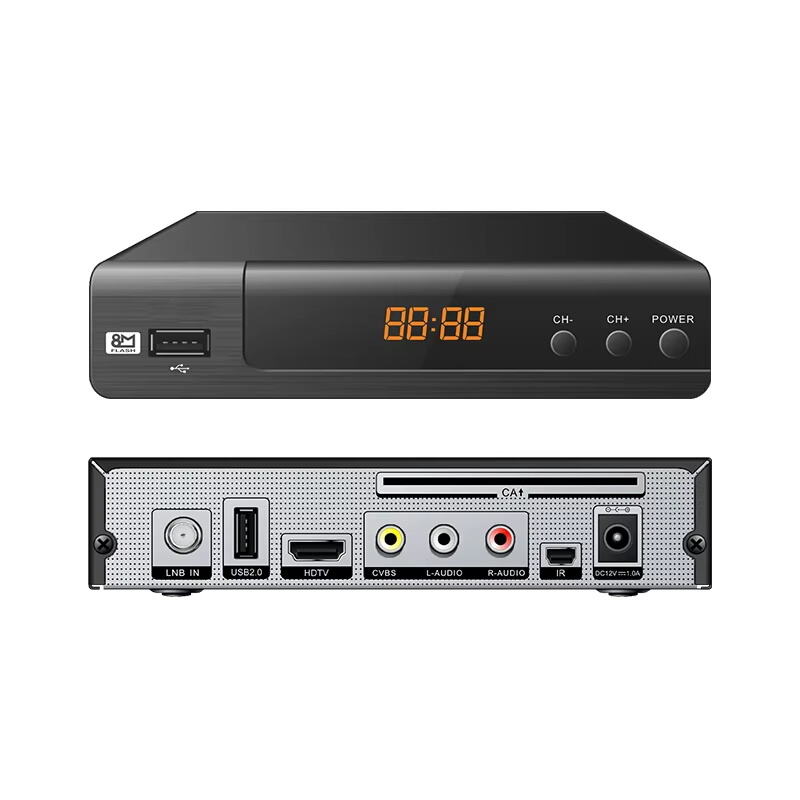Understanding Modern Satellite TV Technology
In today’s world of digital communication, satellite television continues to offer a reliable and expansive option for broadcasting. Among the technologies that have advanced this medium is the DVB-S2 Receiver. This device plays a pivotal role in delivering high-quality digital video broadcasting via satellite, offering end-users better efficiency, enhanced image and audio quality, and broader accessibility to global channels. As home entertainment systems grow more advanced, understanding what makes a DVB-S2 Receiver valuable becomes essential for users and businesses alike.
The Technology Behind DVB-S2 Receiver
Evolution from DVB-S to DVB-S2
DVB-S2 Receiver technology is an upgrade from the original DVB-S standard. DVB-S, the first digital video broadcasting system for satellites, provided a significant improvement over analog systems. However, as demand for higher-quality content and more bandwidth-efficient methods grew, DVB-S2 was developed. This new standard utilizes advanced modulation techniques like 8PSK and 16APSK, along with improved error correction, to deliver a more robust and efficient signal.
Key Technical Features
DVB-S2 Receivers support higher data rates and are capable of transmitting HD and even UHD signals. These receivers use adaptive coding and modulation, which allows the signal to adjust dynamically based on transmission conditions. This means more efficient bandwidth use and fewer interruptions, even under challenging weather or signal conditions. Additionally, DVB-S2 Receivers are compatible with a wide range of codecs, making them flexible and future-proof.
Benefits of Using a DVB-S2 Receiver
Enhanced Picture and Audio Quality
One of the most noticeable benefits of a DVB-S2 Receiver is the significant improvement in video and audio quality. The advanced modulation and error correction techniques ensure that the signal remains stable and clear, reducing pixelation and audio dropouts. This leads to a superior viewing experience, especially when watching high-definition content.
Greater Channel Availability
DVB-S2 Receivers allow for better spectrum efficiency, meaning broadcasters can fit more channels into the same satellite transponder space. As a result, users gain access to a broader range of programming, including international channels, niche content, and regional broadcasts. This makes DVB-S2 Receivers particularly attractive for multicultural households or those seeking diverse entertainment options.
Applications in Commercial and Residential Settings
Ideal for Home Entertainment
For residential users, a DVB-S2 Receiver is an essential component of a modern satellite TV system. It provides a plug-and-play solution that delivers reliable, high-quality entertainment. Many receivers also include built-in features like digital video recording (DVR), time-shifting, and electronic program guides (EPG), adding convenience and functionality.
Commercial and Institutional Use
In commercial environments, such as hotels, hospitals, and educational institutions, DVB-S2 Receivers are used to provide consistent, high-quality broadcast signals to multiple rooms or departments. Their scalability and ability to support multiple streams make them a cost-effective and dependable solution for large-scale deployments.
How to Choose the Right DVB-S2 Receiver
Consider Performance and Compatibility
When selecting a DVB-S2 Receiver, it's important to assess the device's compatibility with your current satellite dish and television system. Look for models that support multiple output formats (such as HDMI, RCA, and coaxial) to ensure integration with different devices. Performance specifications like signal sensitivity and supported codecs should also be considered.
Evaluate Features and User Interface
Modern DVB-S2 Receivers come equipped with a variety of user-friendly features. These may include USB ports for media playback, LAN connectivity for IPTV integration, or CI+ slots for conditional access modules. A clear and intuitive user interface can also make the setup and daily use more efficient, enhancing the overall user experience.

Integrating DVB-S2 Receiver with Other Technologies
Combining with IPTV Services
Many households and businesses use a DVB-S2 Receiver in conjunction with IPTV services to create a comprehensive media solution. This hybrid approach allows users to access both traditional satellite channels and internet-based content on the same device, offering the best of both worlds.
Use with Home Media Centers
DVB-S2 Receivers are often used as part of larger home media centers. Integrated with PVR systems, smart TVs, and sound systems, they help create a seamless and centralized entertainment hub. Some models even support remote access and control via mobile apps, offering enhanced flexibility.
The Future of DVB-S2 Receiver Technology
Upgrades to DVB-S2X
The DVB-S2X standard is the next evolution in satellite broadcasting. It offers further improvements in spectral efficiency and supports even more sophisticated modulation schemes. While not all DVB-S2 Receivers currently support DVB-S2X, many manufacturers are beginning to release compatible models. Future-proofing your satellite setup by choosing a DVB-S2X-ready receiver can be a smart investment.
Continued Relevance in a Streaming Era
Even as streaming services grow in popularity, satellite broadcasting remains essential in areas with limited internet access or where broadcast reliability is critical. DVB-S2 Receivers will continue to play a vital role in ensuring access to quality television, particularly in rural or remote locations. Their robustness and ability to deliver content without buffering make them indispensable.
FAQ
What is the difference between DVB-S and DVB-S2?
DVB-S is the original digital satellite broadcasting standard, while DVB-S2 is an enhanced version that offers better efficiency, higher data rates, and improved error correction for higher-quality broadcasts.
Can a DVB-S2 Receiver work with any satellite dish?
Most DVB-S2 Receivers are compatible with standard Ku-band or C-band satellite dishes, but it’s essential to check the specifications to ensure compatibility with your dish's LNB and alignment requirements.
Do I need an internet connection to use a DVB-S2 Receiver?
No, DVB-S2 Receivers receive broadcast signals directly from satellites, so an internet connection is not required for standard TV viewing. However, some models include internet features for additional services.
Are DVB-S2 Receivers compatible with HD and 4K TVs?
Yes, many modern DVB-S2 Receivers support HD and 4K output, making them suitable for use with high-definition and ultra-high-definition televisions.
Table of Contents
- Understanding Modern Satellite TV Technology
- The Technology Behind DVB-S2 Receiver
- Benefits of Using a DVB-S2 Receiver
- Applications in Commercial and Residential Settings
- How to Choose the Right DVB-S2 Receiver
- Integrating DVB-S2 Receiver with Other Technologies
- The Future of DVB-S2 Receiver Technology
- FAQ


